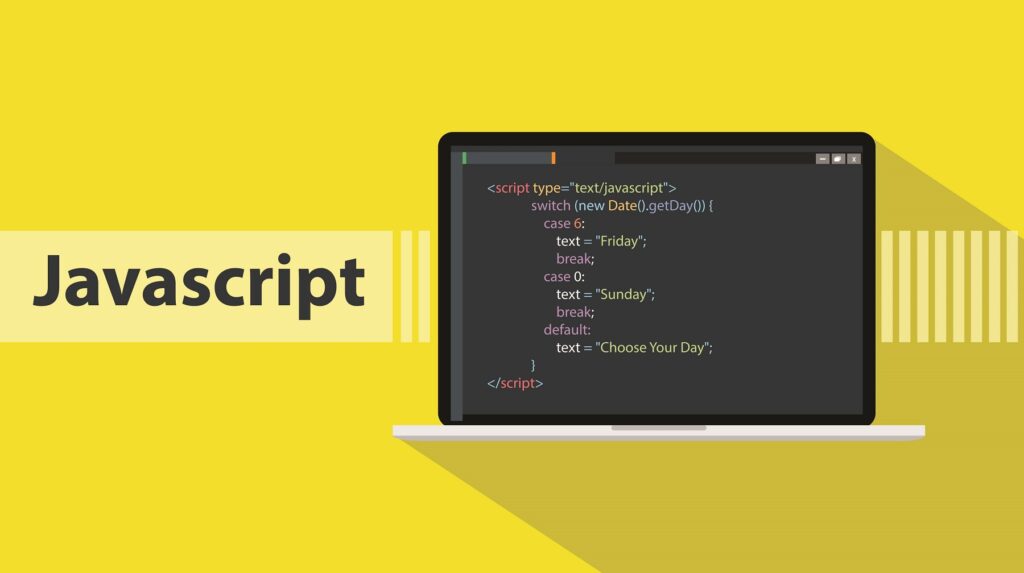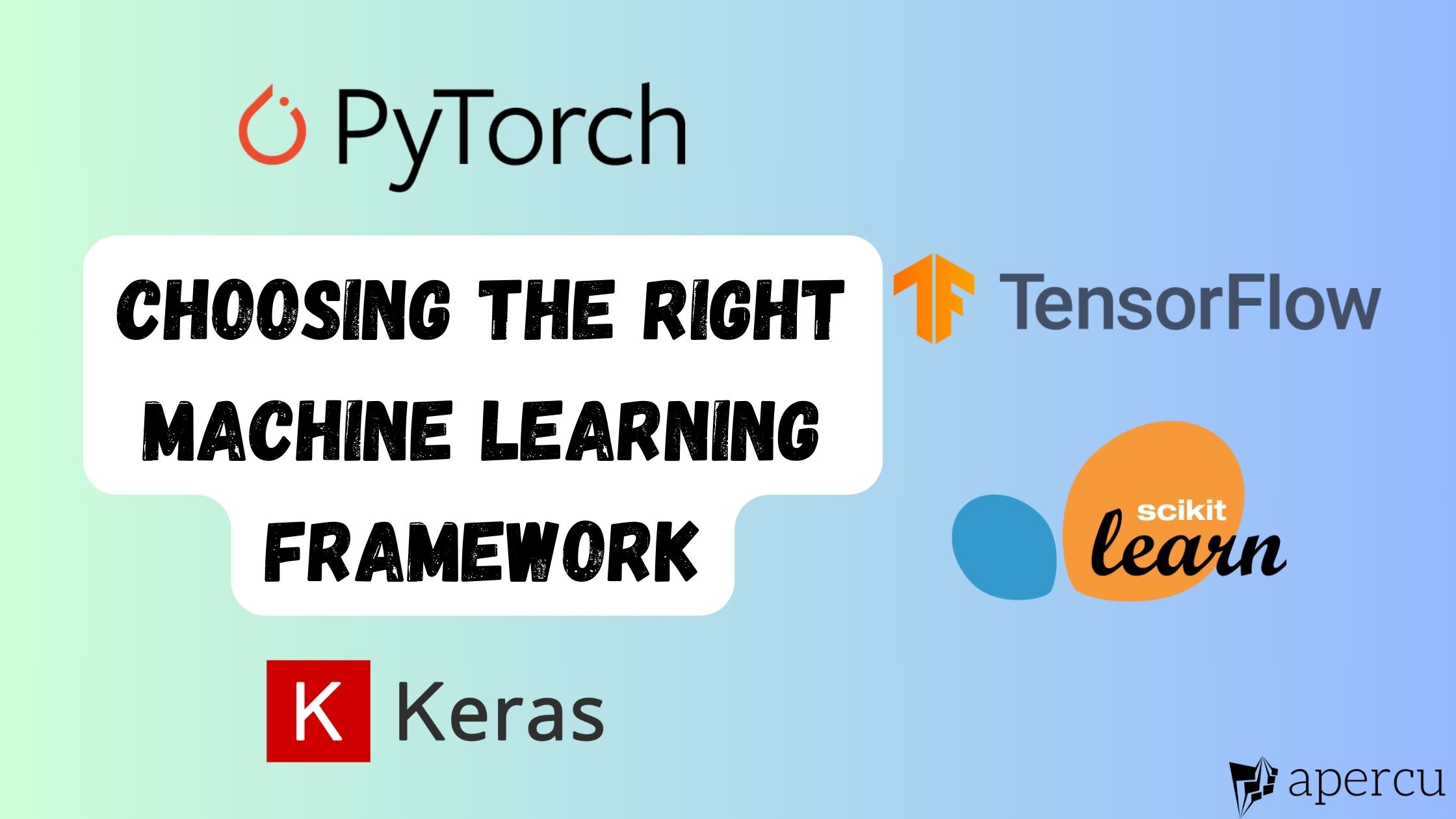Machine learning frameworks play a crucial role in developing, training, and deploying machine learning models. Among the top contenders, TensorFlow and PyTorch stand out as two of the most widely used frameworks. In this guide, we’ll compare these popular frameworks, providing practical examples, code snippets, and clear explanations to help you understand their strengths and differences.
Introduction to TensorFlow and PyTorch
TensorFlow
Developed by Google, TensorFlow is an open-source machine learning library known for its flexibility and scalability. It provides a comprehensive ecosystem of tools and resources for building and deploying machine learning models.
PyTorch
PyTorch, developed by Facebook’s AI Research lab (FAIR), has gained immense popularity for its dynamic computation graph feature and intuitive API. It is known for its ease of use and strong support for research-oriented tasks.
Comparison
1. Graph Computation Model:
- TensorFlow: Static computation graph. You define the operations and their relationships before running the computation. TensorFlow’s static computation graph is optimized and compiled before computations, allowing efficient execution. However, it restricts dynamic modification based on data or conditions, making it suitable for predetermined computation scenarios.
- PyTorch: Dynamic computation graph. The graph is constructed as operations are performed, making it more intuitive for many developers. PyTorch enables developers to create dynamic computation graphs on the fly, making it more intuitive, flexible, and efficient. It facilitates debugging, experimentation with network architectures, hyperparameters, and faster deep-learning model prototyping.
2. Ease of Use:
- TensorFlow: Initially had a steeper learning curve due to its static graph model, but TensorFlow 2.x introduced a more intuitive eager execution mode, making it more user-friendly. TensorFlow 2.x introduced eager execution mode and high-level APIs like Keras, simplifying neural network building and training, reducing learning curves and allowing quick prototypes, making it popular among researchers and developers.
- PyTorch: Known for its simplicity and Pythonic API, which many find easier to learn and work with. PyTorch, a popular deep learning tool, offers intuitive design, seamless integration with Python libraries, and a dynamic computational graph for quick experimentation and innovation.
3. Community and Ecosystem:
- TensorFlow: Has a larger user base and well-established community support. Offers extensive documentation and a wide range of pre-built models and resources. TensorFlow is a popular deep learning framework with excellent scalability, support for Python and C++, and strong industry adoption, making it a top choice for large-scale machine learning projects.
- PyTorch: Known for its active research community, especially in academia. It has gained traction for its flexibility and research-oriented features. PyTorch is a popular choice among researchers due to its extensive pre-trained model library, seamless integration with other frameworks, and intuitive computational graph for training complex deep learning models, continuously evolving to meet research needs.
4. Deployment:
- TensorFlow: TensorFlow Serving and TensorFlow Lite for deploying models in production environments and on mobile devices, respectively. TensorFlow offers tools for model deployment, including TensorFlow Serving and TensorFlow Lite. TensorFlow Hub enables users to discover, share, and deploy pre-trained models, while TensorFlow.js runs machine learning models directly in the browser.
- PyTorch: Supports deployment via ONNX (Open Neural Network Exchange) format, which allows models to be run on various platforms. PyTorch models are versatile, integrating seamlessly into various environments like mobile, cloud services, and edge devices. The ONNX format enables efficient deployment of models across deep learning frameworks.
5. Visualization and Debugging:
- TensorFlow: Offers tools like TensorBoard for visualizing models and tracking training progress.
- PyTorch: Supports visualization libraries like TensorBoardX and Visdom.
6. Popularity in Research vs. Industry:
- TensorFlow: Initially dominated the industry, but TensorFlow 2.x has made it more appealing to researchers as well.
- PyTorch: Gained immense popularity in academia and research due to its dynamic computation graph and ease of use.
Practical Examples: A Simple Neural Network
TensorFlow

PyTorch

Conclusion
Both TensorFlow and PyTorch are powerful frameworks with their unique strengths. TensorFlow offers a robust ecosystem and is well-suited for production-level deployments. PyTorch, on the other hand, is favoured for its dynamic computation graph and research-oriented flexibility.
Ultimately, the choice between TensorFlow and PyTorch depends on your specific requirements, familiarity with the framework, and the nature of the tasks you’re working on. Whichever you choose, both frameworks provide the tools and resources needed to develop and deploy sophisticated machine-learning models.



